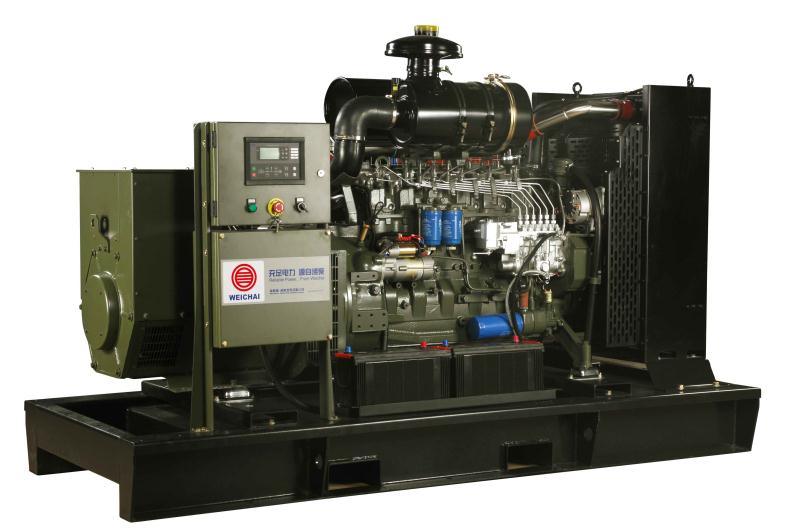Electronic Health Records (EHR) have become a vital part of modern healthcare. They streamline processes, improve patient care, and ensure that medical information is easily accessible and securely stored. However, implementing an EHR system into an existing healthcare setup can be challenging if not approached correctly. Here’s a simple, step-by-step guide to help you how to integrate EHR into your healthcare system.
1. Planning and Assessment
The first step is to thoroughly assess your current healthcare system. Understand the existing workflows, identify pain points, and determine how an EHR system can address these issues. Involve key stakeholders, including doctors, nurses, IT staff, and administrative personnel, to ensure everyone’s needs are considered.
- Key Actions:
- Evaluate current processes and identify areas for improvement.
- Set clear goals for what you want to achieve with the EHR.
- Create a timeline and budget for the implementation process.
2. Choosing the Right EHR System
With your goals in mind, begin researching different EHR systems. Look for a system that fits your healthcare facility’s size, specialties, and specific needs. Consider factors such as ease of use, compatibility with existing systems, and support services offered by the EHR provider.
- Key Actions:
- Compare different EHR systems and read reviews.
- Request demos and trial versions to see how each system works.
- Consult with vendors and possibly visit other facilities using the EHR system you’re considering.
3. Customization and Configuration
Once you’ve selected an EHR system, the next step is to customize it to fit your facility’s specific needs. This might involve configuring templates, setting up user roles and permissions, and integrating the EHR with other systems like billing or laboratory software.
- Key Actions:
- Work with the vendor to customize the EHR.
- Ensure the system aligns with your workflows.
- Test the system thoroughly to make sure it’s functioning correctly.
4. Training the Staff
Proper training is crucial for the success of EHR implementation. All staff members should be trained on how to use the system effectively. This includes understanding how to input data, access patient records, and use the system’s features to enhance patient care.
- Key Actions:
- Develop a comprehensive training program.
- Offer hands-on training sessions and provide user manuals.
- Consider ongoing training and support to help staff adapt to the new system.
5. Data Migration
Migrating data from paper records or an old system to the new EHR is a critical step. This process needs to be done carefully to avoid any loss of important patient information. Make sure that the data is correctly transferred and that there are backup plans in place.
- Key Actions:
- Prepare a data migration plan with your IT team.
- Validate the accuracy and completeness of the transferred data.
- Ensure that data privacy and security measures are in place.
6. Go-Live and Support
After completing all the preparations, it’s time to go live with the new EHR system. During this phase, closely monitor the system’s performance and be ready to address any issues that arise. Provide support to staff as they get accustomed to the new system.
- Key Actions:
- Choose a go-live date that minimizes disruption to operations.
- Have a support team ready to assist with any problems.
- Gather feedback from staff to make necessary adjustments.
7. Ongoing Evaluation and Improvement
EHR implementation doesn’t end with the go-live phase. Continually evaluate the system’s performance and seek feedback from users. Make improvements and updates as needed to ensure the system continues to meet the needs of your healthcare facility.
- Key Actions:
- Regularly review system usage and performance metrics.
- Stay updated with new features and updates from the EHR vendor.
- Encourage ongoing staff feedback to identify areas for improvement.
Conclusion
Implementing an EHR system in your healthcare facility is a complex but rewarding process. By following these stages—planning, choosing the right system, customizing, training, migrating data, going live, and ongoing evaluation—you can ensure a smooth transition and enjoy the many benefits that EHR systems offer. Additionally, working with a reliable provider of application integration solutions can further enhance the integration process, ensuring that your EHR seamlessly connects with other critical systems in your healthcare facility. With the right approach, your facility will be well on its way to providing better, more efficient care to patients.




